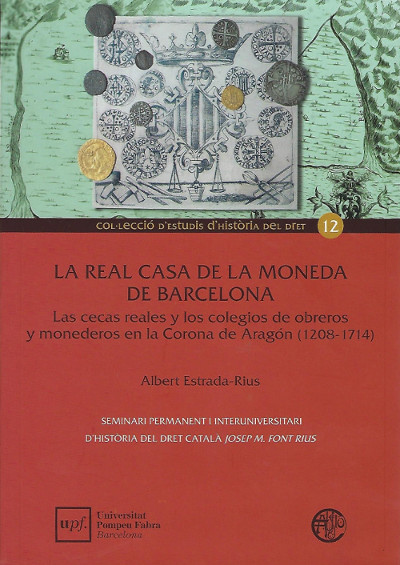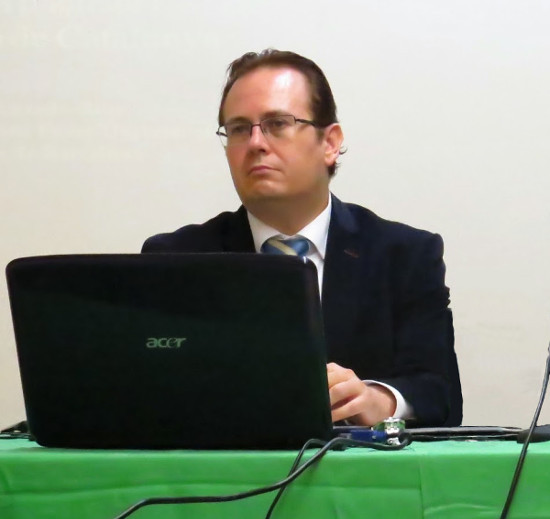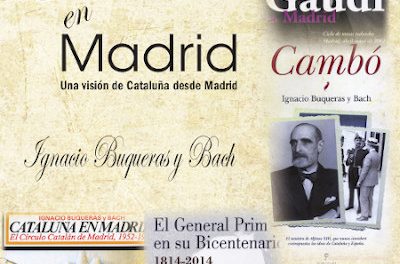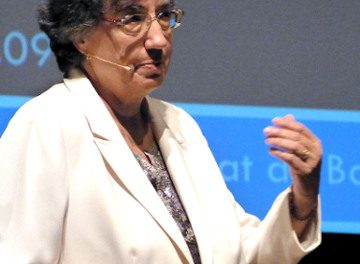
 Albert Estrada, corresponding academician of the Royal European Academy of Doctors-Barcelona 1914 (RAED) and chief curator of the Numismatic Cabinet of Catalonia, has donated his book “La Real casa de la moneda de Barcelona. Las cecas reales y los colegios de obreros y monederos en la Corona de Aragón (1208-1714)” (The Royal Mint of Barcelona: The royal mints and the colleges of workers and purses in the Crown of Aragon (1208-1714)) to the Library of the Academy. The book is published by the Pompeu Fabra University within its collection of Studies in the History of Law. The work is the Spanish version, revised and expanded, of his second doctoral thesis, directed and now prologued by its director, Salvador Claramunt. The original work obtained the qualification of excellent cum laude.
Albert Estrada, corresponding academician of the Royal European Academy of Doctors-Barcelona 1914 (RAED) and chief curator of the Numismatic Cabinet of Catalonia, has donated his book “La Real casa de la moneda de Barcelona. Las cecas reales y los colegios de obreros y monederos en la Corona de Aragón (1208-1714)” (The Royal Mint of Barcelona: The royal mints and the colleges of workers and purses in the Crown of Aragon (1208-1714)) to the Library of the Academy. The book is published by the Pompeu Fabra University within its collection of Studies in the History of Law. The work is the Spanish version, revised and expanded, of his second doctoral thesis, directed and now prologued by its director, Salvador Claramunt. The original work obtained the qualification of excellent cum laude.
The work studies the legal and institutional regime of the Royal Mint of Barcelona over five centuries, in which he addresses the evolution of rules and laws in the manufacture of currency in the Crown of Aragon. The author also studies from this institutional perspective the constitution and operation of the College of Workers and Purses. The study ends up showing that the Royal Mint of Barcelona was a modern and innovative model that inspired other money factories.

Dr. Albert Estrada Rius
“This study tries to understand the Royal Mint of Barcelona from within, distinguishing, firstly, its function as a workshop in which the manufacture of currency was verified, and secondly, the Chapter as an organ in which social life was governed. Finally, the Court of the mayors as a private court in which internal conflicts were resolved, but also external, as a result of the privilege enjoyed by the workers and the purses by privilege.Conflicts with other jurisdictional authorities are object of detailed analysis and will allow us to better understand the assembly of the organism and its personnel in the social and institutional environment”, explains Estrada in the prologue of the book.
The manufacture of currency in Barcelona has been a continuous activity, although with abrupt interruptions, from early medieval times to the second half of the 19th century. The city, in addition, conserves the building that has lodged this enormous production during good part of the history. That is why its study is as necessary as exciting.




